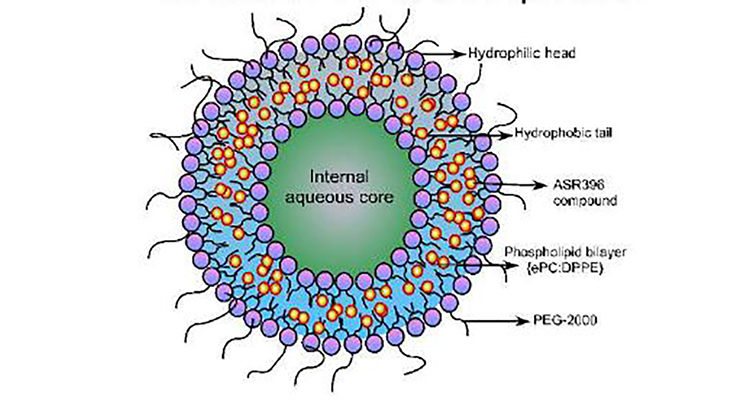Targeting Cell Junction to inhibit Melanoma Metastasis
ID# 2017-4629
Technology Summary
Tumor cells secrete many cytokines to promote metastasis via increased endothelium vascular permeability, which allows tumor cells to migrate through the endothelium to form metastatic nodules at secondary sites (ex: lung). Targeting cell junction might be a better way to inhibit tumor metastasis than targeting individual inflammatory cytokines.
Sphigosine-1-phosphate (S1P) is a natural lipid circulating in the blood stream, which can bind to the receptor on endothelial cells and tighten adhesion junctions. There are 5 S1P receptors (S1PR1-S1PR5) identified and the inventor’s studies have indicated that only S1PR1 controls the endothelial vascular permeability. The disclosed invention has developed a bio-available novel S1PR1 agonist that can effectively reduce gap formation and vascular permeability in both in vitro and in vivo testing.
Application & Market Utility
The S1PR1 agonist is highly selective with minimal systemic side effects. It reduces vessel permeability caused by many inflammatory cytokines. One IV injection would be enough to reduce lung metastasis for up to18 hours.
Next Steps
Studies on animal model have been completed; demonstration is available for potential licensees.

